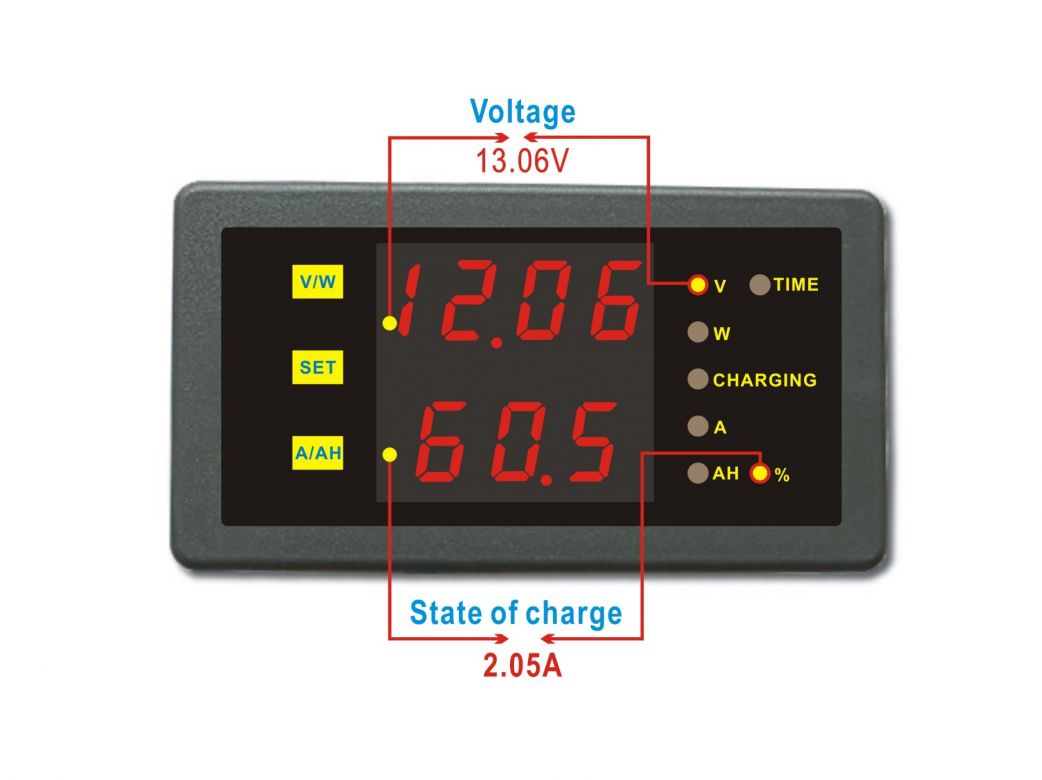While waiting for the tax to be processed, I was not able to drive the vehicle on public roads. But I could begin with some of the conversion tasks. One of the easiest and also most urgent was to tint the windows. Since in the beginning I would just use this van to transport things back and forth, I did not want to have all of these things be visible from the outside.
So I ordered some window tinting foil and began working. But there was a problem: there are four windows, each 1.50 m long. Quite a large distance, and I had big difficulties in applying the foil. I did screw up a few times my first attempts in attaching the foil. The problem was that once the sticky side of the foil got attached to itself, it was basically ruined because when trying to untangle the stuck parts, they tore away the tinging cover on that foil, and ugly folding marks with un-tinted parts remained.
I ruined basically 6 m of foil, before I had a better idea: to use a stable bar, at least 1.50m long, where I could attach the top part of the foil before I would remove the transparent foil protection over the sticky part. This would keep the tinting foil straight until it is applied to the window.
And it worked - I did order a new set of tinting foil, and was able to complete the tinting of all four windows in 2 hours. Just to let you know about the process: one has to spray soapy water onto the window (not using Ammoniak solution, therefore not using windows cleaner; I did add dish detergent into the water spray bottle, which then worked fine). Then one has to remove the transparent protective foil from the tinting foil, which then exposes the sticky side of that tinting foil. Now the foil can be pressed onto the wet window. Having the window wet allows the foil to be adjusted and shifted into place, before it is stuck to the window. With a squeegee the water underneath the foil is then squeezed out towards the border of the window, where it then can escape. Bubbles under the foil which remain can still be removed with that method at a later time.
I must note that the quality of the foil which I ordered the 2nd time was much better than the one I had the first time: The foil was a bit sturdier, and an occasional self-stick did not result in destruction of the foil, but I could just carefully lift it off and continue working. Not sure how long these links are still valid, bu this is the one that I did use in the end and which was very good to work with:
6m x 76cm 95% . And this is the one which I had previously used and had failed to apply it due to the large window size:
6m x 75cm, 95% .
I did use 95% blocking / 5% transmitting foil - is quite dark now inside, and I am considering using a 10% transmitting foil, should I be tempted to re-do the tinting at some point. The reason for considering this re-doing is that when cutting the edges of the foil off, I did not do a very good job: I did sometimes cut a bit too much, so there are some areas with a fully transparent edge frame now visible. Still, overall not too bad, and for now I can let it.
Here is how the van now looks with the tinted windows:

















